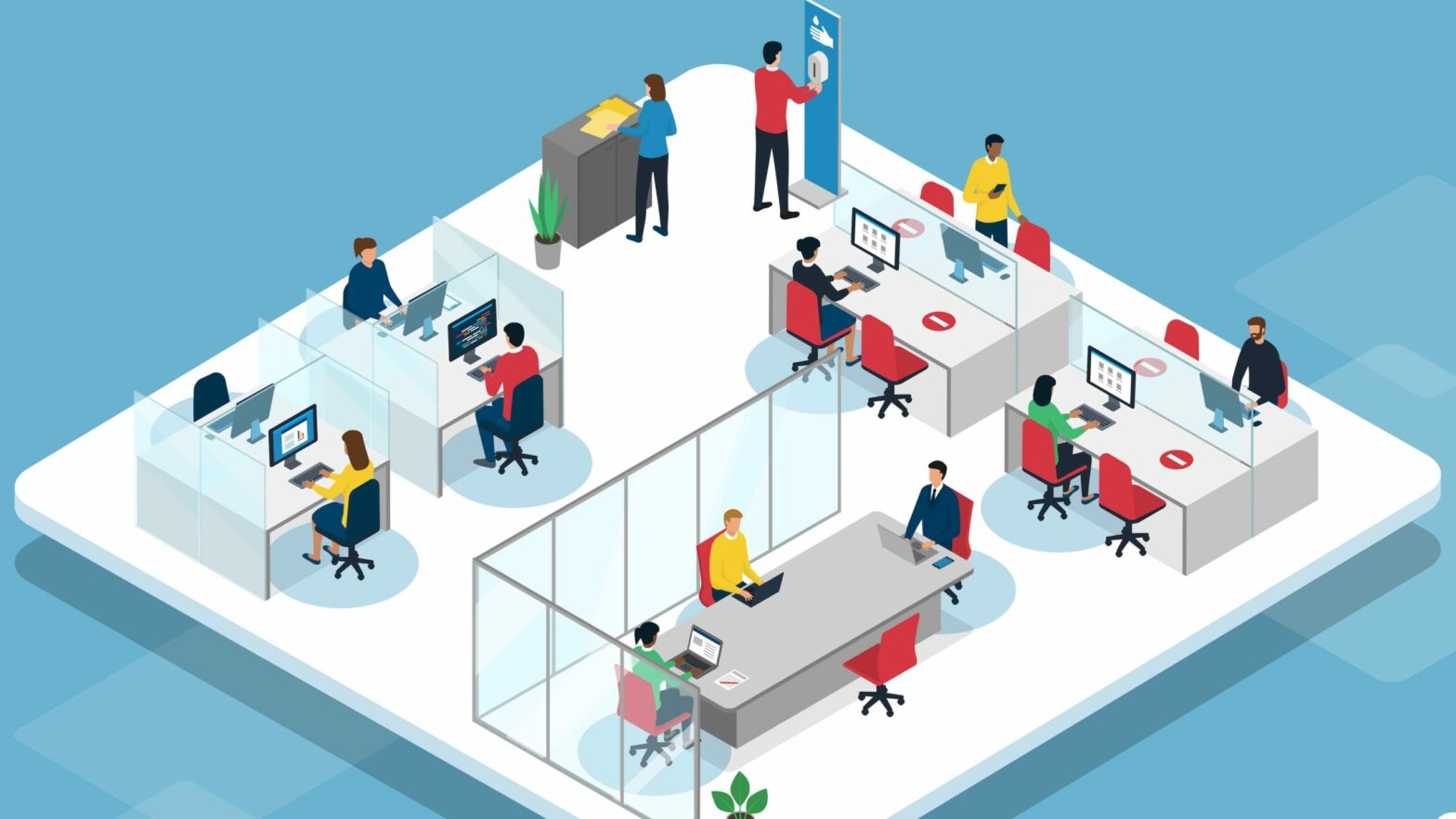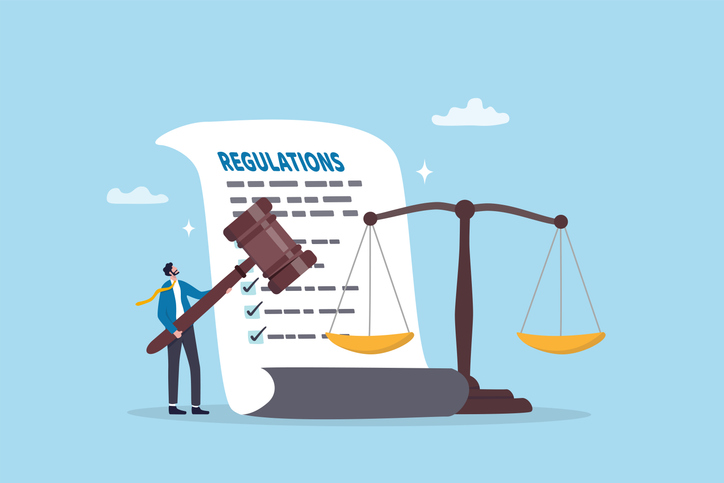On the face of it, it seems ridiculous that post Covid-19 hordes will commute into cities so they can all sit down at their desks at precisely the same moment.
When all of our working day is spent looking at screens, why does it matter where you physically are
And what does it mean for the future of the office, which some now see as a relic of Victorian working practices?
The future, according to some, will be agile working – a blend of coming into the office for collaboration and team meetings, and working remotely.
>See also: What is an agile working environment?
Agile working is nothing new – as with many other aspects of our lives, all the pandemic has done is accelerate what was happening anyway.
When the pandemic hit, ASDA dispersed its thousands of headquarters staff back to their homes.
Simon Halkyard, ASDA head office resourcing manager has said, “It’s amazing what you can do when you are forced and have no time to over think it. Should this be the new normal, even after the lockdown is lifted. Why restrict your business to only employing people in one location when you can reach a nationwide [or even global] talent pool. We now have the proof that it can be done”.
“I can’t see people going back to the nine-to-five,” says agile working consultant Paul Allsopp of The Agile Organisation. “The future is already here.”
What is agile working? How can it help my small business?
One of the reasons agile working is difficult to define is that there’s no one-size-fits-all. It means different things to each and every business.
Unilever defines agile working as “an approach to getting work done with maximum flexibility and minimum constraints. It goes beyond just flexible working or telecommuting and focuses on eliminating the barriers to getting work done efficiently”.
Others have called it “Martini” working, as in “any time, anyplace, anywhere” for those old enough to remember the old TV jingle.
For Allsopp, whose Clients include London Stock Exchange, BNP Paribas and the NHS, agile working for any small business is about reacting to change.
Allsopp says: “It’s a cultural and mindset about getting ready to embrace change and being prepared to work differently. We’ve been stuck in a 20th-century mindset. What the pandemic has given us is a real buck-up.”
Before embracing the concept of agile working, perhaps every every small business owner needs to ask themselves the following questions once the pandemic has eased:
- What has been the home-working experience of my staff?
- What has been the home-working experience of management?
- Has working from home affected my customers and suppliers?
- What parts do we want to keep – and why?
- What parts do we want to discard – and why?
- What type of organisation do we need to be in the future?
- What do we need to do to achieve this new version of ourselves?
What are the benefits of agile working for a small business?
As with anything, there are pros and cons to agile working for any small business. Here we set out the benefits:
#1 – Flexible workspace
The consensus is that going forward, businesses will move towards more of a WeWork-style co-working space model with adaptable workspaces and flexible meeting rooms and breakout areas.
The purpose of the office will be coming together for collaboration and teamwork rather than being nailed to your desk, with a mixture of physical and virtual presence, Allsopp predicts.
“The question you’ve got to ask is, what’s the purpose of the office? An office shouldn’t just be about desks. It’s about activity. We talk about offices in terms of desks and ownership of desks rather than screens. The idea that you’ve got to have a plank of wood with your place name on it is a very 19th-century idea.”
And employing a more flexible approach will attract younger staff, who are used to a less rigid working environment. Google, Unilever and BT have all created stimulating workplaces for employees while maintaining an outstanding reputation as employers. Highly skilled staff realising they are valued and trusted remain loyal, stay longer and perform better. The freedom associated with agile working can be a big attraction to attracting talent.
However, conversely, Allsopp believes that employers may need to rent more office space to cope with post-Covid social distancing needs, spreading out the workforce.
Allsopp says: “The demand will be for flexible office space but how will we deal with people’s fears about going back into the office, and how does that translate into regular deep cleaning of the office?”
#2 – Reduce your carbon footprint
Empty office capacity is being lit and cooled all the time, generating CO2 even when nobody is there. Designing a new office brings the opportunity to create a greener and smarter office environment. This can greatly improve sustainability while reducing cost and a company’s carbon footprint.
#3 – Increased productivity and responsiveness
Agile working makes a business more competitive. If you do away with the nine-to-five, customer response times speed up when a business has more flexible hours.
Another benefit of agile working is doing away with presenteeism – the act of requiring employees to be present, whether or not they have presence of mind.
#4 – Increased innovation
Agile working is key to increasing creativity and innovation within a workplace. Effective office design can help to stimulate diverse, less-regimented thinking and more creative brainstorming.
#5 – Scalability
While designed for small teams, agile practices can grow with the business, forming a strong foundation for scaling operations effectively.
What are the disadvantages of agile working for a small business?
Of course, there are disadvantages to agile working as well.
#1 – Territorial disputes
When Australian ad agency did away with desks and adopted hot desking, staff broke out in what was described as “turf wars” over where they would sit. “We’re very territorial animals,” concedes Allsopp.
Also, given the pandemic, some staff will be reluctant to adopt “hot desking” – moving to a new desk each day – because of fears over contagion, even if it’s just the common cold.
#2 – Ergonomics
Although working from home may suit some, for others it means having to perch on a kitchen table in a flat share or being forced to work from bed – terrible for one’s posture – or propping a laptop on an ironing board.
One important element businesses will need to consider is that they will be responsible for their staff’s health and safety even if working from home, which should require them to do home assessments, as well as ensure staff are compliant when it comes to data security.
Says Allsopp: “You need to do an assessment. It’s okay for short timescales but you as a company are responsible for health and safety, as well as IT support and data security.”
Conversely, coming into the office on a temporary basis means setting up your computer fresh each day, which can be a problem if you don’t have the right kit.
#3 – How do you manage people remotely?
This is probably the biggest issue facing each business. Managers cannot clock how their responsibilities are performing if they cannot physically see them.
Also, new entrants and younger staff do need to be managed closely, whether it’s about coaching or mentoring or getting to grips with a new workplace.
Allsopp says: “A lot of office culture was about risk-averse management worried about how to control staff if they were not present. Underlying all that was trust.”
Further reading
Co-working space versus traditional office – which is better?





